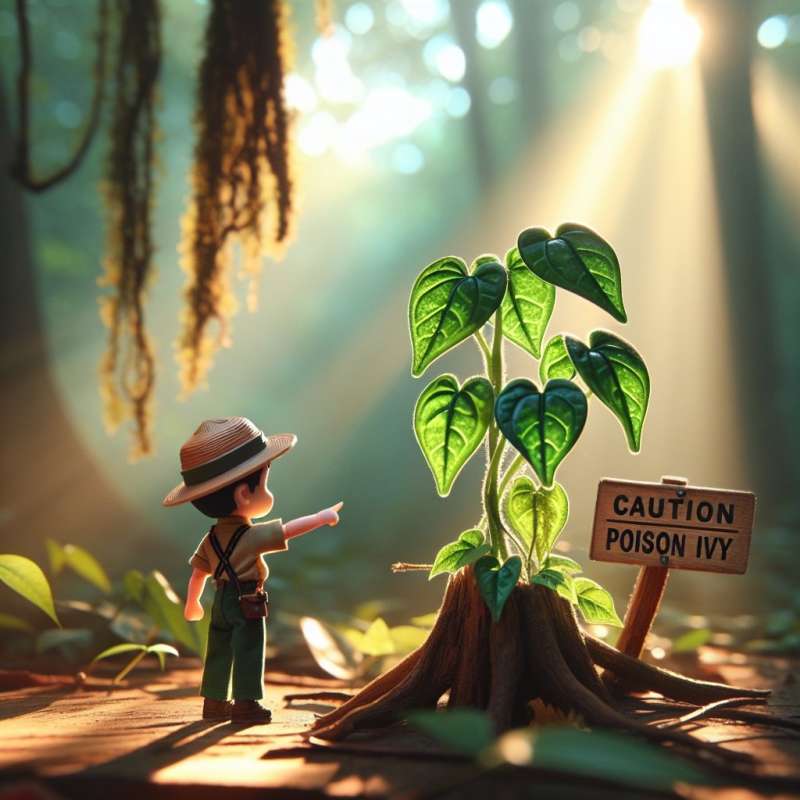
Introduction to Poison Ivy
Poison ivy, a common plant in North America, is infamous for causing an itchy rash upon contact. It's vital to recognize this plant to avoid the discomfort it can cause.
Leaves of Three, Let Be
Poison ivy typically has three almond-shaped leaflets. The center leaflet has a longer stalk, while the two side leaflets directly attach to the vine.
Color and Season Changes
The leaves change color with seasons: reddish in spring, green in summer, and yellow, orange, or red in fall. This chameleon-like trait can make identification challenging.
Not Just Leaves
All parts of poison ivy contain urushiol, the oil causing allergic reactions. Even in winter, the bare stems and roots can cause rashes upon contact.
Habitat Variability
Poison ivy thrives in diverse environments: woodlands, fields, and even urban areas. It grows as a vine or shrub, increasing its exposure potential.
Animals Immune to Ivy
Many animals, including deer and birds, are unaffected by poison ivy. They can even help disperse its seeds, unwittingly expanding its reach.
Poison Ivy Benefits
Surprisingly, poison ivy has ecological benefits. It provides food for wildlife and helps prevent erosion by stabilizing soil with its root system.
What causes poison ivy's itchy rash?
Contact with its almond-shaped leaves
The oil known as urushiol
Eating its reddish spring leaves
Company